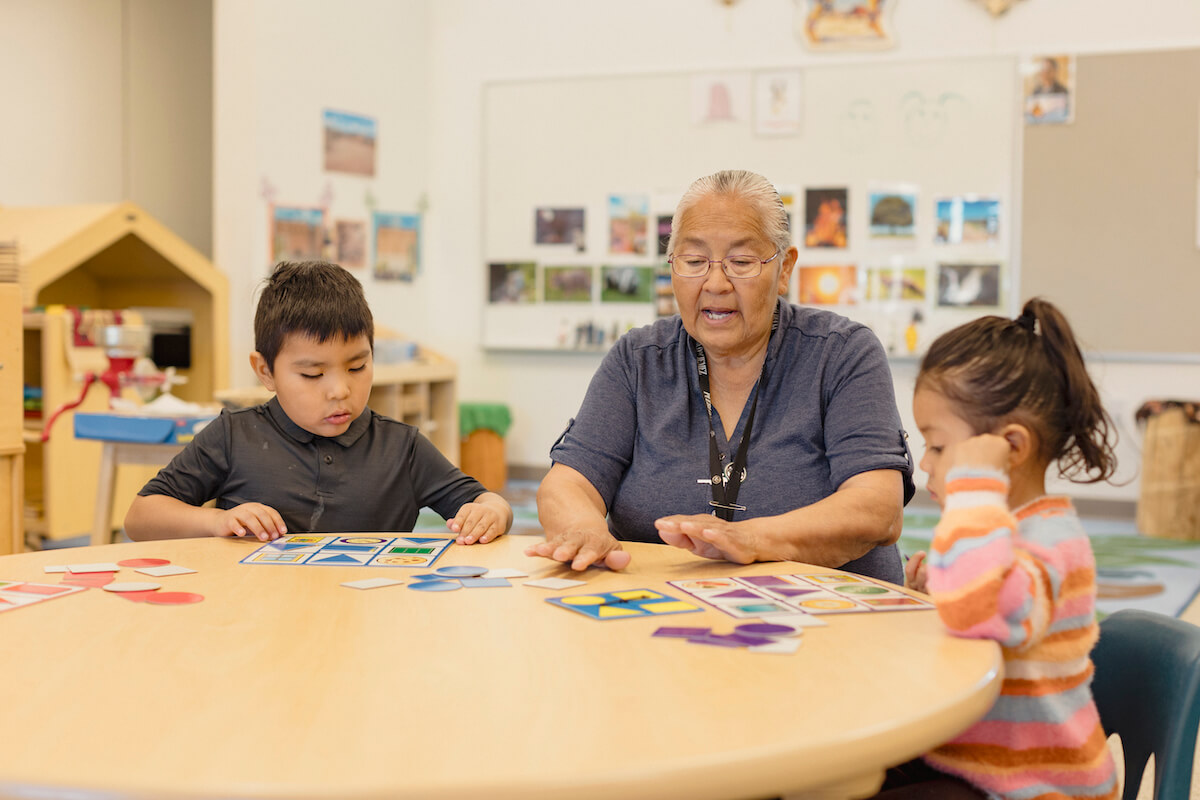Report on Inclusive Teaching and Sustainable Development Goals (SDGs) Integration
Introduction
Inclusive teaching is a critical component of quality education, aligning closely with the United Nations Sustainable Development Goal 4 (SDG 4) which aims to ensure inclusive and equitable quality education and promote lifelong learning opportunities for all. This report examines a recent case study highlighting the challenges and complexities of implementing inclusive teaching practices, emphasizing the importance of culturally responsive pedagogy and its connection to the SDGs.
Case Study: Inclusive Teaching Misstep
On March 3, 2022, a middle school teacher at San Francisco’s Creative Arts Charter School attempted to incorporate active learning into a history lesson on slavery by having students physically handle raw cotton bolls. The intent was to deepen students’ understanding of the brutality of slavery through experiential learning, inspired by culturally responsive pedagogies designed to connect historical content with students’ lived realities.
However, the lesson was met with parental outrage, described as “retraumatizing” and harmful, leading to the teacher being placed on administrative leave. The school acknowledged that despite sourcing the lesson from “reliable sources,” it was not culturally responsive and had the potential to cause harm. This incident was widely publicized and politicized, illustrating the challenges educators face in balancing inclusive teaching with community sensitivities.
Challenges in Inclusive Teaching
Inclusive teaching is inherently complex and demands more than technical expertise; it requires emotional sensitivity, cultural awareness, and adaptability. The political climate often amplifies missteps, weaponizing them against diversity, equity, and inclusion (DEI) efforts. Despite these challenges, inclusive teaching remains essential for achieving SDG 4 and fostering equitable learning environments.
Scientific Foundations of Inclusive Education
Research supports inclusive education practices that enhance student engagement, motivation, and learning outcomes:
- Situational Interest and Belonging: Engagement increases when students feel a sense of belonging and connect emotionally or intellectually with the material, particularly in STEM subjects (Guo & Fryer, 2025; Hidi & Renninger, 2006).
- Collaborative and Multiple Assessments: Equitable assessments that include collaboration improve scores, reduce anxiety, and support long-term retention (Cortright et al., 2003; Bloom, 2009).
- Cultural Relevance: Connecting academic content to students’ identities and real-world issues boosts motivation and persistence, especially among underrepresented groups (Asher et al., 2023; Hunsu et al., 2017).
These findings reinforce the SDG commitment to inclusive education by demonstrating how diverse and culturally responsive teaching methods improve learning outcomes.
The Art and Science of Teaching
While cognitive science informs how learning occurs, teaching—particularly inclusive teaching—is an improvisational and relational art. Educators must navigate diverse student backgrounds, institutional contexts, and shifting social dynamics. Mistakes are inevitable but provide opportunities for reflection and growth, reinforcing the principles of SDG 4 by promoting inclusive, equitable, and adaptive learning environments.
Evidence-Based Practices to Support Inclusive Teaching
To sustain inclusivity despite challenges, educators are encouraged to adopt the following practices:
- Universal Design: Creating flexible, accessible learning environments reduces barriers and supports diverse learners without requiring special accommodations. This aligns with SDG 10 (Reduced Inequalities) by promoting equitable access.
- Providing Choice: Allowing students meaningful options in engagement and assessment fosters ownership, metacognition, and democratic participation, supporting SDG 4’s goal of inclusive education.
- Active Listening: Attentively responding to student feedback and non-verbal cues builds trust and enables adaptive teaching strategies, enhancing inclusivity and student well-being.
Conclusion
Inclusive education is vital for achieving the Sustainable Development Goals, particularly SDG 4 on quality education and SDG 10 on reducing inequalities. While challenges and missteps are part of the process, embracing reflective practices and student collaboration can create resilient, inclusive classrooms. Educators must continue to prioritize students’ identities and experiences, making the classroom a collective space for learning and growth.
About the Author
Dr. JT Torres is the director of the Houston H. Harte Center for Teaching and Learning at Washington and Lee University.
1. Sustainable Development Goals (SDGs) Addressed or Connected to the Issues Highlighted in the Article
-
SDG 4: Quality Education
- The article focuses on inclusive teaching practices, equitable assessments, and culturally responsive pedagogy, all of which directly relate to ensuring inclusive and equitable quality education.
-
SDG 10: Reduced Inequalities
- The emphasis on diversity, equity, and inclusion (DEI) efforts and addressing systemic injustice in education connects to reducing inequalities within and among countries.
-
SDG 16: Peace, Justice, and Strong Institutions
- The article discusses the political climate affecting education and the need for reflective and sensitive teaching, which relates to promoting inclusive societies and strong institutions.
2. Specific Targets Under Those SDGs Identified Based on the Article’s Content
-
SDG 4: Quality Education
- Target 4.5: Eliminate gender disparities and ensure equal access to all levels of education and vocational training for vulnerable populations.
- Target 4.7: Ensure that all learners acquire knowledge and skills needed to promote sustainable development, including through education for sustainable development and global citizenship.
- Target 4.a: Build and upgrade education facilities that are child, disability, and gender sensitive and provide safe, non-violent, inclusive, and effective learning environments.
-
SDG 10: Reduced Inequalities
- Target 10.2: Empower and promote the social, economic, and political inclusion of all, irrespective of age, sex, disability, race, ethnicity, origin, religion, or economic or other status.
-
SDG 16: Peace, Justice, and Strong Institutions
- Target 16.7: Ensure responsive, inclusive, participatory, and representative decision-making at all levels.
3. Indicators Mentioned or Implied in the Article to Measure Progress Towards the Identified Targets
-
Indicators Related to SDG 4 (Quality Education)
- Student engagement and motivation levels, particularly through situational interest and perceived relevance of course content.
- Use of multiple, collaborative assessments to measure equitable learning outcomes and reduce anxiety.
- Representation of diverse cultural identities in course design and materials.
- Accessibility and flexibility of learning environments as per Universal Design for Learning principles.
- Student feedback and participation in co-constructing course content, reflecting inclusivity and ownership.
-
Indicators Related to SDG 10 (Reduced Inequalities)
- Extent of inclusion of underrepresented and vulnerable groups in educational settings.
- Reduction in incidents of retraumatization or exclusion due to culturally insensitive teaching practices.
-
Indicators Related to SDG 16 (Peace, Justice, and Strong Institutions)
- Levels of participatory decision-making in educational institutions, including student involvement in planning and feedback.
- Degree of trust and openness in communication between educators, students, and communities.
4. Table of SDGs, Targets, and Indicators
| SDGs | Targets | Indicators |
|---|---|---|
| SDG 4: Quality Education |
|
|
| SDG 10: Reduced Inequalities |
|
|
| SDG 16: Peace, Justice, and Strong Institutions |
|
|
Source: diverseeducation.com







